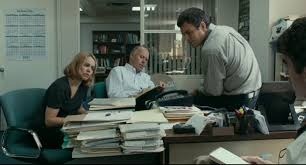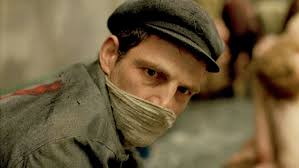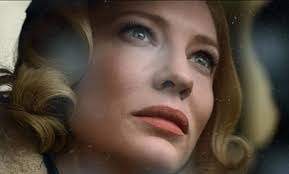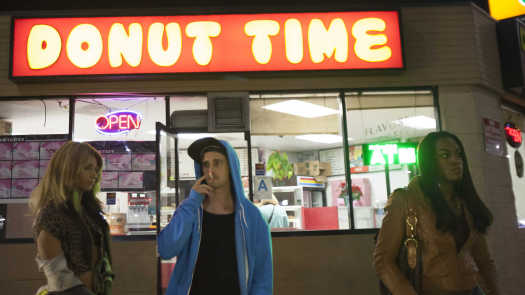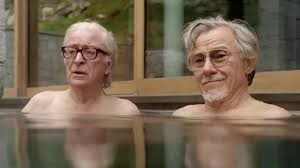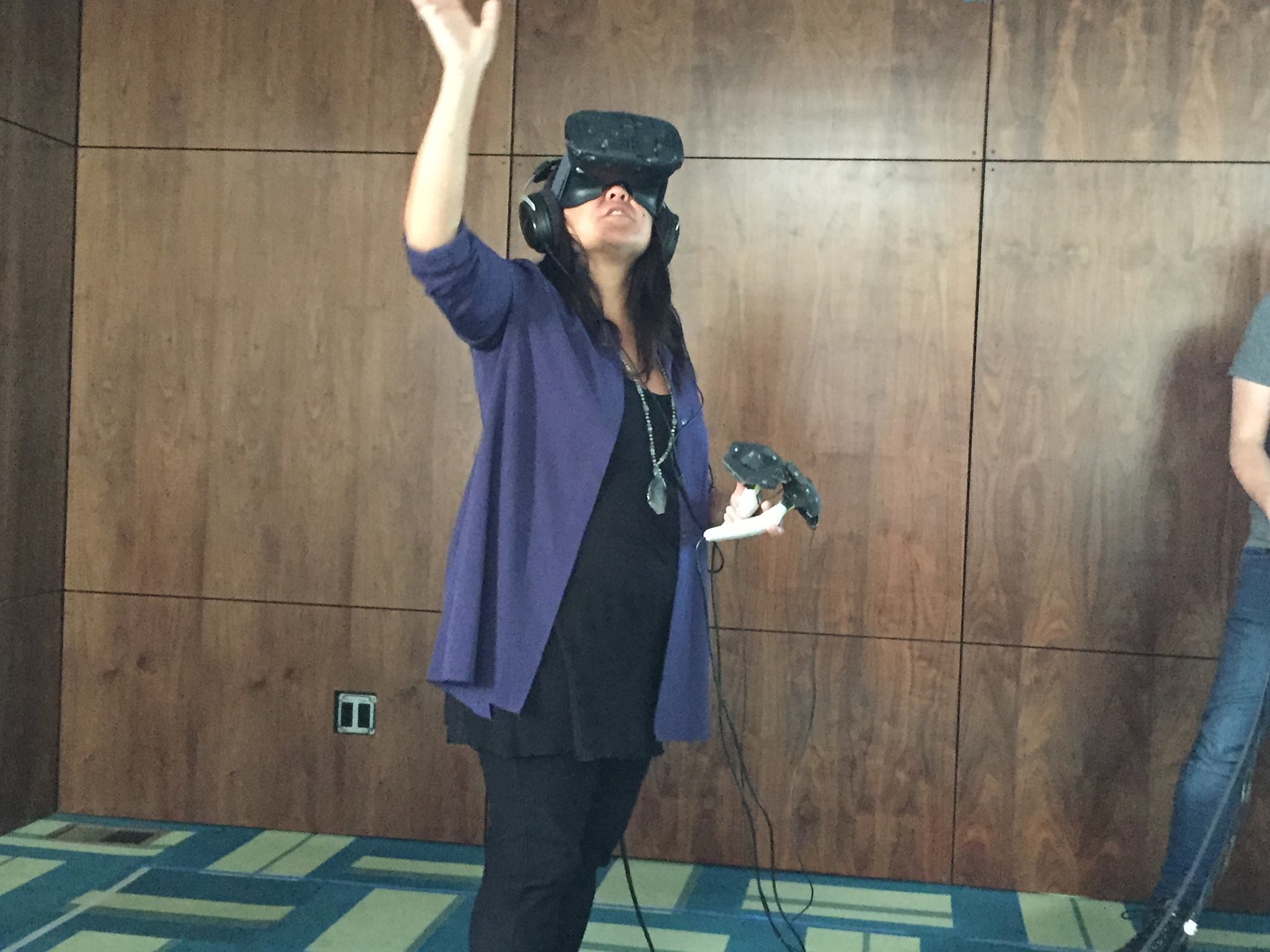2015: Great books that touched me
 Sunday, January 3, 2016 at 12:58 PM by
Sunday, January 3, 2016 at 12:58 PM by  Nick DeMartino
Nick DeMartino Reading, especially fiction, is a core part of my identity, going beyond the cliché we have all learned – that reading gives lonely kids a host of imaginary friends, gives us wings to fly away to worlds beyond a present that seems lame by comparison – though certainly that was true in my earlier life. Reading provides the most intimate form of connection to story that we have: we get to enter the interior life of characters, and often the author's as well, experiencing a near-magical transmutation of words into feelings, ideas, and the distillation of everything that it means to be human.
I have had a book near my pillow since I learned to read at age five. Now I have an eBook or an audio book in my pocket whenever I might want to dive back into the magical realm of a great story. Digital books have encouraged me to read more, not less – for instance, the new Kindle/Audible hybrid app that allows one to toggle back and forth from audio to text in the same app without losing one's place.
As a result, this year I have consumed more than 60 books in all forms – print, eBook, and audio. My reading life is eclectic – I follow new work by favorite authors, check out award-winners (especially the Booker), and take recommendations from friends, reviewers, and contacts I’ve on Goodreads.com, where I review every book. Note: I've included the year of publication, since my favorites scan the decades). Here are the books to which I gave four or fives stars. My full 2015 list can be found here. Follow me here for a regular update on my reading life.
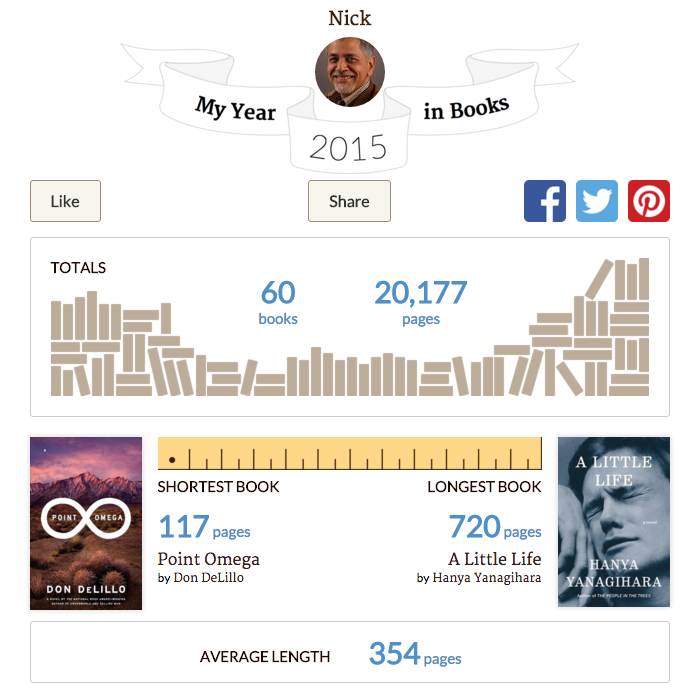
A Little Life by Hanya Yanagihara (2015)
One review used the term 'fever dream' to describe A LITTLE LIFE. That approached the experience I have had this week as I stayed up way too late, unable to tear myself away from the story of Jude St. Francis and his circle of New York friends as they make their way through the decades.
Dream-like indeed, because Yanagihara's focus is the emotional life of the characters, especially Jude, who is one of the most complex and tragic protagonists in the history of literature. He was horribly abused in multiple ways as a child, leaving him with persistent and worsening physical ailments, but worse than that, a profoundly deep and singular well of shame that he labors prodigiously to hide, even as it defines virtually every waking moment of his life and his interactions with those he meets, loves and is loved by.
Fever, because the unfolding of the true story of what happened to him, doled out along with the forward thrust of the narrative is critical to understand and extremely difficult to experience in the present moment, which the author delivers with harrowing and unflinching honesty. Perhaps even more difficult is the real-time experience of the consequences, which is extreme self-hate and mutilation, which I've never ever experienced with any degree of understanding before. The logic of shame is on full display, made even more disturbing in contrast to the exterior validation that Jude receives in his core relationships -- a circle of adoring friends, new adoptive parents, a profoundly committed doctor, and a man who loves him beyond words -- and the larger world of commerce and an almost operatic inhabitation of upper-middle-class privilege that arrives for the group of men who each earns extraordinary success.
Without question, the invented lives of these men map to a recognizable New York and global world of money, glamour, art, media, objects, and events, even as Yanagihara manufactures a kind of parallel universe of names, places, titles, and moments in time that never existed, a kind of fable of New York without 9/11, AIDS, or recognizable historical figures, like alternative speculative fiction -- here's a world that feels like our world, but is really all mine. I could go on and on, but finally, ultimately, as I think back upon the reading experience, I will remember, night after night, putting down my Kindle with a gasp, breathing deeply as if I had just woken from a particularly vivid and disturbing dream, struggling to release and have a dream of my own, grateful that mine are not so fevered.
The Whites: A Novel by Richard Price, writing as Harry Brandt (2015)
Price is a master builder, creating vivid and detailed worlds populated by cops and criminals whose lives and values slosh back and forth like dirty water, everyone covered in slime. The distinguishing characteristic of the good guys, which the cops in this novel sort of try to be, is loyalty, expressed in ways that, from the outside, would hardly be considered "good.' This is quite literally, a story of revenge. The central metaphor is "The Whites," e.g., the white whales that got away -- perps who walked away from an investigation that the core group of detectives in a Bronx squad really, really wanted to get, but didn't.
